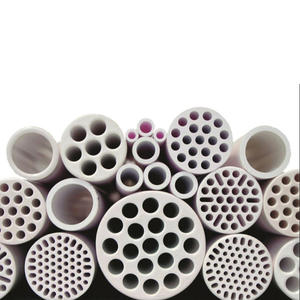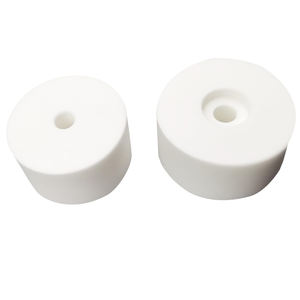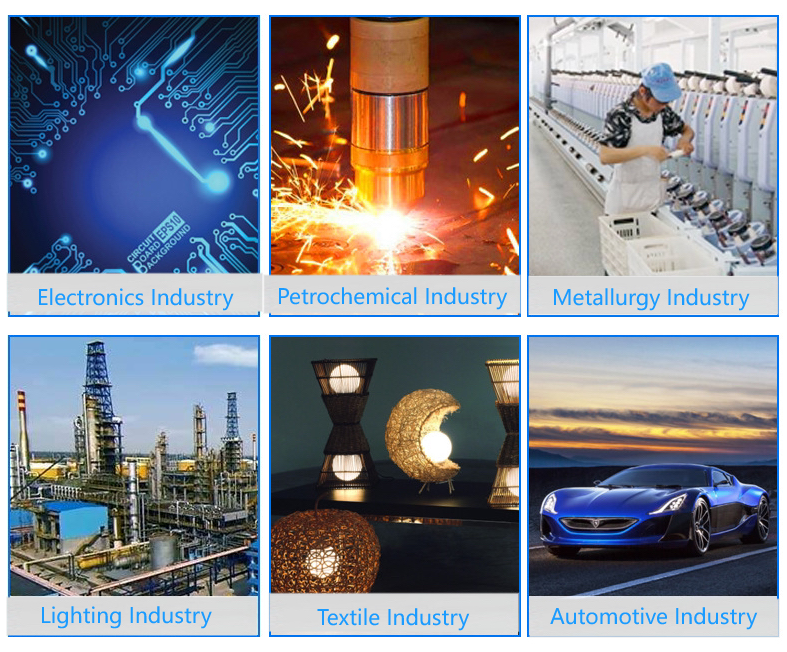Professional industry ceramic supplier, silicon nitride, silicon carbide, aluminum nitride and any other kinds of ceramics.
PRODUCT PARAMETERS
Description
Overview of Chemical Industry Zirconia 30% Aqueous Dispersion for Catalysts, Ceramics, Optics, Aerospace, Biology, CAS: 1314-23-4
Chemical Industry Zirconia 30% Aqueous Dispersion for Catalysts, Ceramics, Optics, Aerospace, Biology, CAS: 1314-23-4 are high-performance advanced materials renowned for their exceptional mechanical strength, toughness, and wear resistance. Often called “ceramic steel,” they undergo a phase transformation mechanism that inhibits crack propagation. This makes them a superior choice for demanding industrial, medical, and technical applications where reliability and longevity are critical.
Features of Chemical Industry Zirconia 30% Aqueous Dispersion for Catalysts, Ceramics, Optics, Aerospace, Biology, CAS: 1314-23-4
-
High Strength & Toughness: Possesses exceptional fracture toughness and flexural strength, far exceeding that of other advanced ceramics.
-
Excellent Wear Resistance: Ideal for components subject to friction and abrasion, ensuring a long service life.
-
Biocompatibility: Certified biocompatibility makes it a premier material for dental restorations (e.g., crowns, bridges) and surgical implants.
-
Low Thermal Conductivity: Exhibits excellent thermal insulation properties.
-
Chemical Inertness: Highly resistant to corrosion by various acids, alkalis, and other aggressive substances.
-
Aesthetic Quality: Can be manufactured in a bright, white color that closely mimics the natural appearance of teeth.
Specification of Chemical Industry Zirconia 30% Aqueous Dispersion for Catalysts, Ceramics, Optics, Aerospace, Biology, CAS: 1314-23-4
This fluid consists of zirconia fragments. It is a 30% zirconia mix in water. The zirconia is extremely pure. Its CAS number is 1314-23-4. You obtain a stable white liquid. The particles are little, concerning 50 nanometers. This little size issues for efficiency. The liquid has a neutral pH. It feels thick, like syrup. This thickness helps it remain combined. It works well for many requiring tasks.
People utilize it to make stimulants. It layers driver sustains uniformly. The tiny fragments provide a large surface area. This area is crucial for reactions. Ceramic makers use it too. It aids create strong, fine porcelains. Optical components need smooth finishings. This fluid gives that smoothness. Aerospace utilizes it for thermal obstacles. These coverings secure components from warm. Biotech utilizes it for biocompatible layers. These layers function well inside the body.
The product is ready to utilize. You can slim it with water if required. Always mix it delicately prior to using. Mixing maintains the particles spread out. Store it in between 5 ° C and 30 ° C. Keep it away from freezing. Keep it far from very hot areas. Secure it from solid sunlight. Utilize it within a year. Examine the container for the exact day. Manage it with typical care. Use gloves and eye defense.
Applications of Chemical Industry Zirconia 30% Aqueous Dispersion for Catalysts, Ceramics, Optics, Aerospace, Biology, CAS: 1314-23-4
This Zirconia 30% Aqueous Diffusion provides a steady, ready-to-use mix of fine zirconium dioxide particles in water. It uses a strong foundation for advanced materials. Its key buildings include high pureness, regulated particle dimension, and superb diffusion stability. These functions make it highly beneficial throughout demanding technological fields.
The dispersion excels in driver preparation. Its high surface zirconia particles function as solid catalyst sustains. They promote vital chemical reactions efficiently. Accurate bit dimension control is vital here. The material is additionally necessary in advanced porcelains. It forms the base for zirconia porcelains recognized for phenomenal strength and toughness. These ceramics require high-temperature sintering. The dispersion makes certain consistent bit packaging before shooting. This leads to trusted, high-performance ceramic elements.
Optical applications profit substantially. Zirconia’s high refractive index and security permit slim movies for lenses, filters, and specialized finishings. The aqueous type makes it possible for simple layer application. Aerospace design utilizes this dispersion too. Zirconia’s thermal stability and toughness are vital for thermal obstacle coverings on engine parts. It protects elements from extreme warm.
Organic and medical areas locate vital uses. Zirconia’s biocompatibility makes it ideal for oral implants and bone replacement products. The aqueous dispersion help in shaping these biocompatible parts. The product lugs the CAS number 1314-23-4. This makes sure clear recognition and quality assurance.
Company Profile
Tanki New Materials Co.Ltd. focus on the research and development, production and sales of ceramic products, serving the electronics, ceramics, chemical and other industries. Since its establishment in 2015, the company has been committed to providing customers with the best products and services, and has become a leader in the industry through continuous technological innovation and strict quality management.
Our products includes but not limited to Aerogel, Aluminum Nitride, Aluminum Oxide, Boron Carbide, Boron Nitride, Ceramic Crucible, Ceramic Fiber, Quartz Product, Refractory Material, Silicon Carbide, Silicon Nitride, ect. please feel free to contact us.
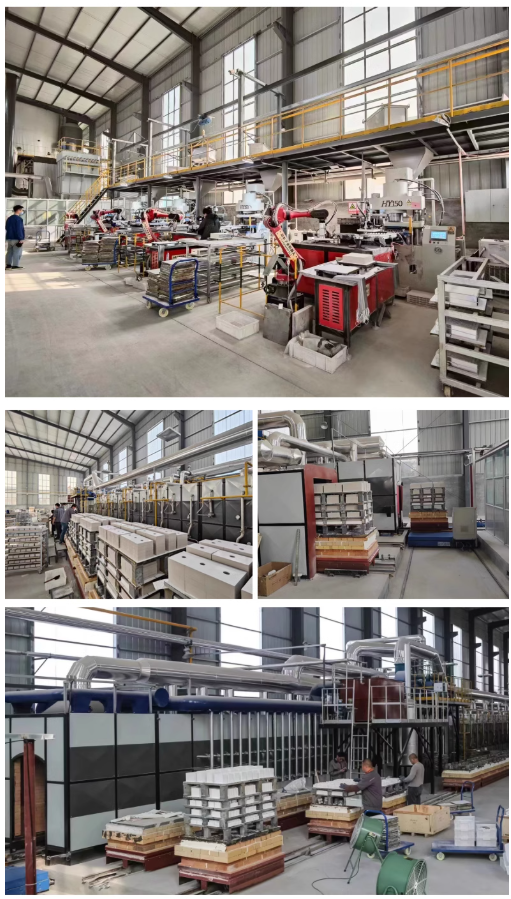
Payment Methods
T/T, Western Union, Paypal, Credit Card etc.
Shipment Methods
By air, by sea, by express, as customers request.
5 FAQs of Chemical Industry Zirconia 30% Aqueous Dispersion for Catalysts, Ceramics, Optics, Aerospace, Biology, CAS: 1314-23-4
This zirconia dispersion is 30% zirconium dioxide particles in water. It’s stable. It doesn’t settle fast. You can use it easily. It works for many demanding jobs.
What is this zirconia dispersion?
It’s tiny zirconia particles mixed evenly in water. The amount is 30% zirconia. The rest is water. The particles are very small. They stay mixed well. The CAS number is 1314-23-4. This confirms the material.
Why choose this specific dispersion?
It’s reliable. The particles stay the right size. They don’t clump. This matters a lot. Good dispersion means better performance later. It works for coatings. It works for making solid parts. It works for adding to other materials. You get consistent results.
What are the main uses?
People use it widely. For catalysts, it’s a base material. It makes strong catalyst supports. In advanced ceramics, it makes parts very hard and tough. Optics companies use it for clear coatings. Aerospace needs strong, heat-resistant materials. Biology uses it for sensors and implants. It’s very versatile.
How stable is the dispersion?
It stays mixed for a long time. Gentle shaking remixes it if needed. Avoid freezing it. Avoid very high heat. Normal room temperature is fine. Check the product sheet for exact storage details. Handle it carefully.
What particle size is it?
The particles are extremely small. This is key. Small particles pack densely. They make strong final products. They create smooth surfaces. They react well in catalysts. Particle size control is critical for performance. Ask for the exact size range data sheet. Sizes can be adjusted for your need.
REQUEST A QUOTE
RELATED PRODUCTS
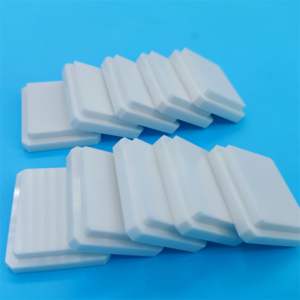
Cubic Zirconia Industrial Grade Zirconium Dioxide 99.5% Min Powder Zro2 1314-23-4 Powder Used for Ceramics
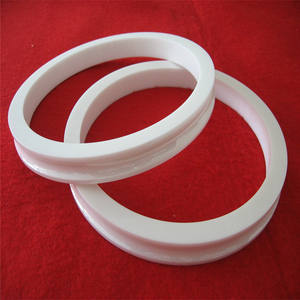
Free Sample Zirconia Powder for Ceramic, Yttrium Stabilized Zirconia Beads, Zirconia Ball for Grinding Media
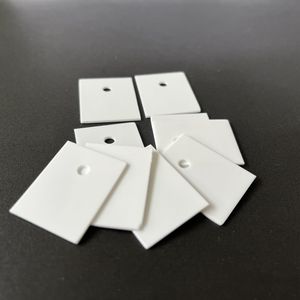
Zirconium Powder Factory Zro2 Nano Zirconia Ceramic Powder
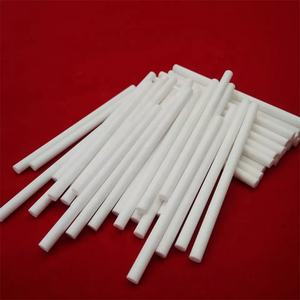
White Stabilized Zirconia Ceramic Sand Zirconium Oxide Sand
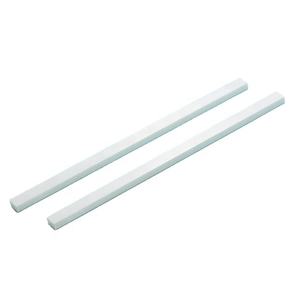
95 Percent Purity 20mm Zirconia Grinding Ceramic Balls and Beads
